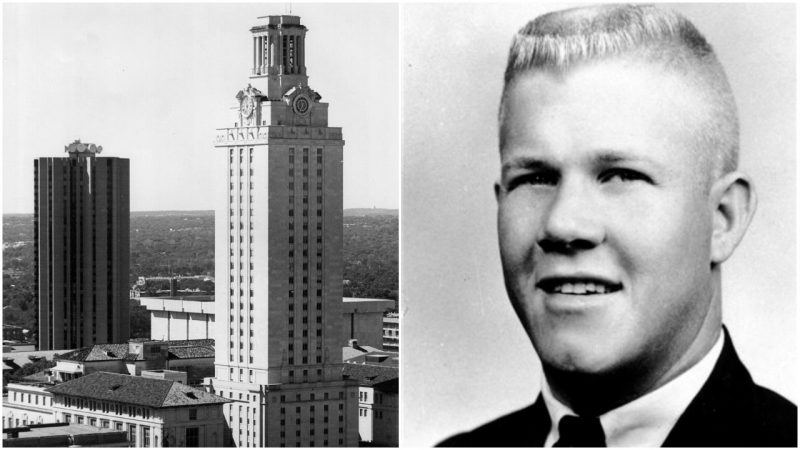In the past several decades, the world has seen an unfortunate increase in high school and university shootings. This dreadful trend is a product of many circumstances of the modern age, including stress, frustration, bullying, the popularization of violence, and psychological issues.
An incident that remains notorious for its macabre outcome is known as the “University of Texas Tower Shooting.” On the morning of August 1, 1966, a former U.S. Marine sharpshooter named Charles Whitman wreaked havoc on the grounds of The University of Texas at Austin.
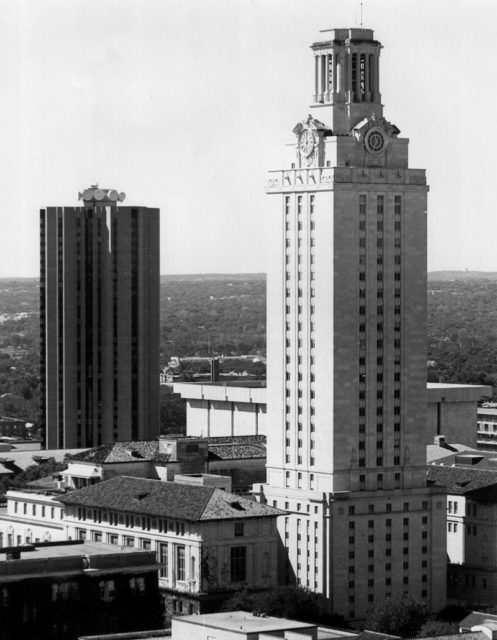
On the night of July 31st/August 1st, Whitman killed his mother and wife and left a note stating that he did so to spare them the public humiliation. Before arriving at the University of Texas, Whitman bought an arsenal of weapons which included several rifles, a sawed-off shotgun, and a .357 Magnum revolver. He then entered the University’s observation deck which is situated on the 28th floor of the Tower building and began his brutal killing spree.
He first killed the unfortunate observation deck receptionist who stood in his way and then proceeded to shoot at random people on the university grounds. Since he was a trained sharpshooter, many of his shots were lethal. He killed 14 people and wounded 31, several of whom barely survived.
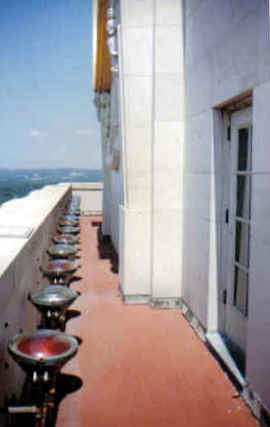
Although the police were called four minutes after Whitman started shooting, they were unprepared and had no efficient tactic that would quickly resolve the situation. One officer was killed, and several were wounded during Whitman’s 96-minute killing spree.
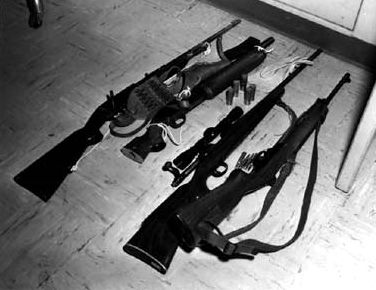
The man who greatly helped the police to end the crisis was Allen Crum, a 40-year old retired Air Force tail gunner who was the manager at the University Bookstore. He offered to help the police and was immediately given a rifle. He and three police officers managed to reach the observation deck where Whitman had set up his sniper nest: they stormed the nest and killed Whitman.
The observation deck was closed down after the shooting and was opened two years later. However, it was closed down again in 1975 after four people committed suicide. It is now open again, but all visitors have to be screened by metal detectors before they are allowed access to the 28th floor of the tower.
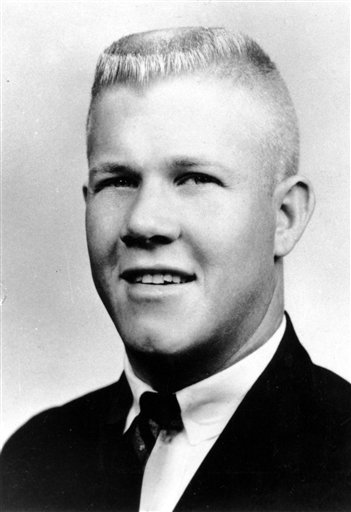
It is unknown what caused Whitman to commit the horrible atrocity; some speculate that the separation of his parents was the trigger for his mental instability.
Read another story from us: The firebombing of Tokyo was the single deadliest air raid in history
However, during the autopsy of Whitman’s body, a small tumor was found in his brain, and contemporary doctors speculate that the tumor affected his brain and induced a psychotic state.
